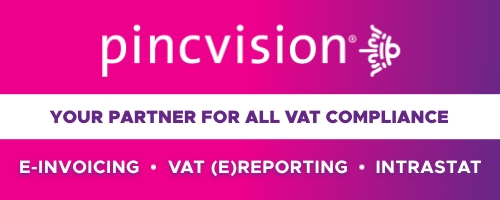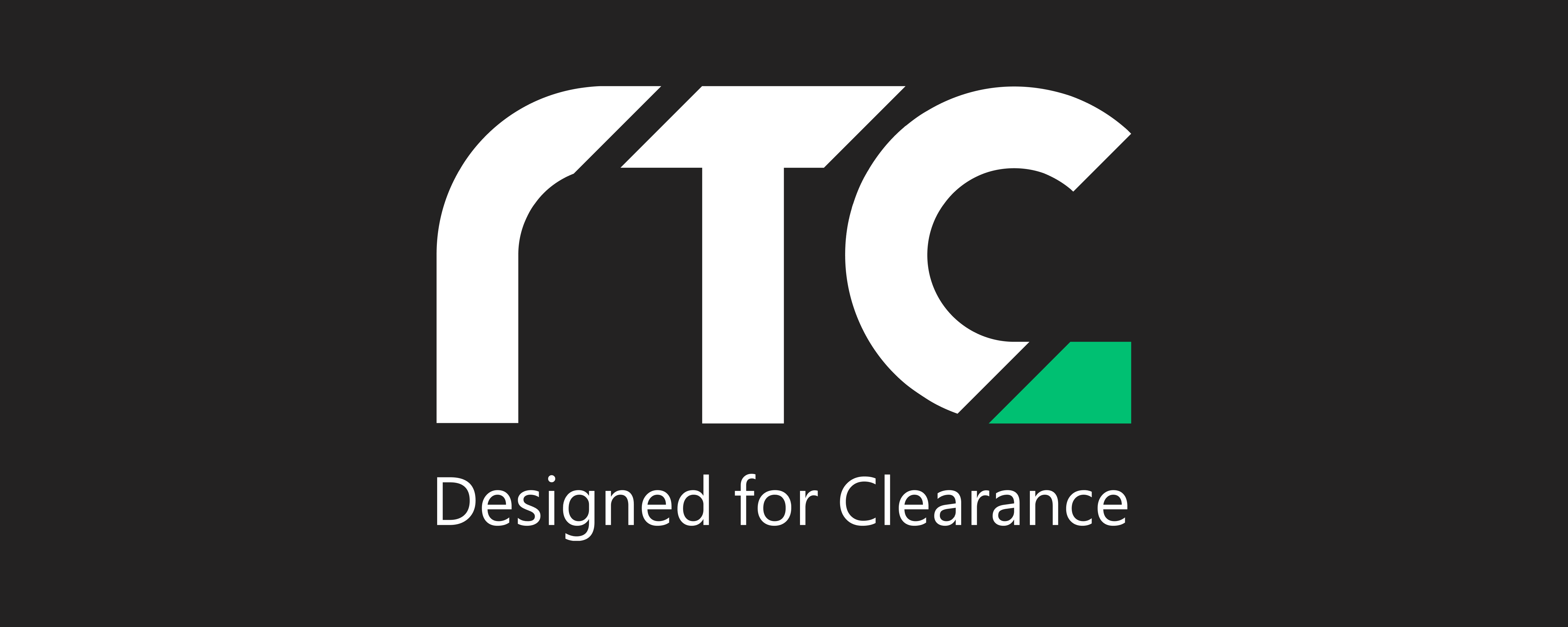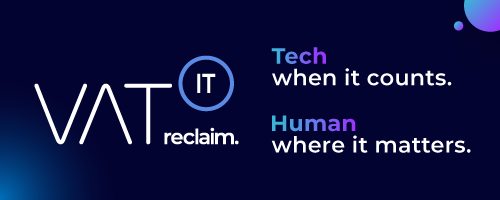- Overview of the Capital Goods Scheme: The Capital Goods Scheme (CGS) applies primarily to businesses dealing with partial exemption and significant capital assets, particularly in real estate. The update revisits the CGS to clarify its operation, especially concerning disposals and the implications for VAT recovery.
- Operation and Adjustment Periods: The CGS spreads the input VAT incurred on capital assets over an adjustment period of approximately 10 years for property-related assets. Businesses must calculate a baseline recovery percentage based on their taxable use of the asset, adjusting VAT recovery accordingly in subsequent periods.
- Disposal and Final Adjustments: Upon disposing of a CGS asset, businesses must perform final adjustments reflecting the asset’s use up to the disposal date. The rules dictate that if an asset is disposed of, the remaining intervals will be treated as either fully taxable or exempt, leading to potential significant VAT adjustments.
- Risks of Pre-registration Acquisitions: Acquiring CGS assets before VAT registration can lead to substantial losses in VAT recovery, as these assets are excluded from pre-registration claims. Businesses are advised to register as intending traders before acquiring such assets to avoid complications.
- Anti-avoidance Rules and Key Considerations: The update highlights critical anti-avoidance rules that can affect CGS assets, particularly during transfers and disposals. Businesses should remain vigilant about the implications of these rules to avoid unexpected tax liabilities and ensure compliance.
Source CJMTax















